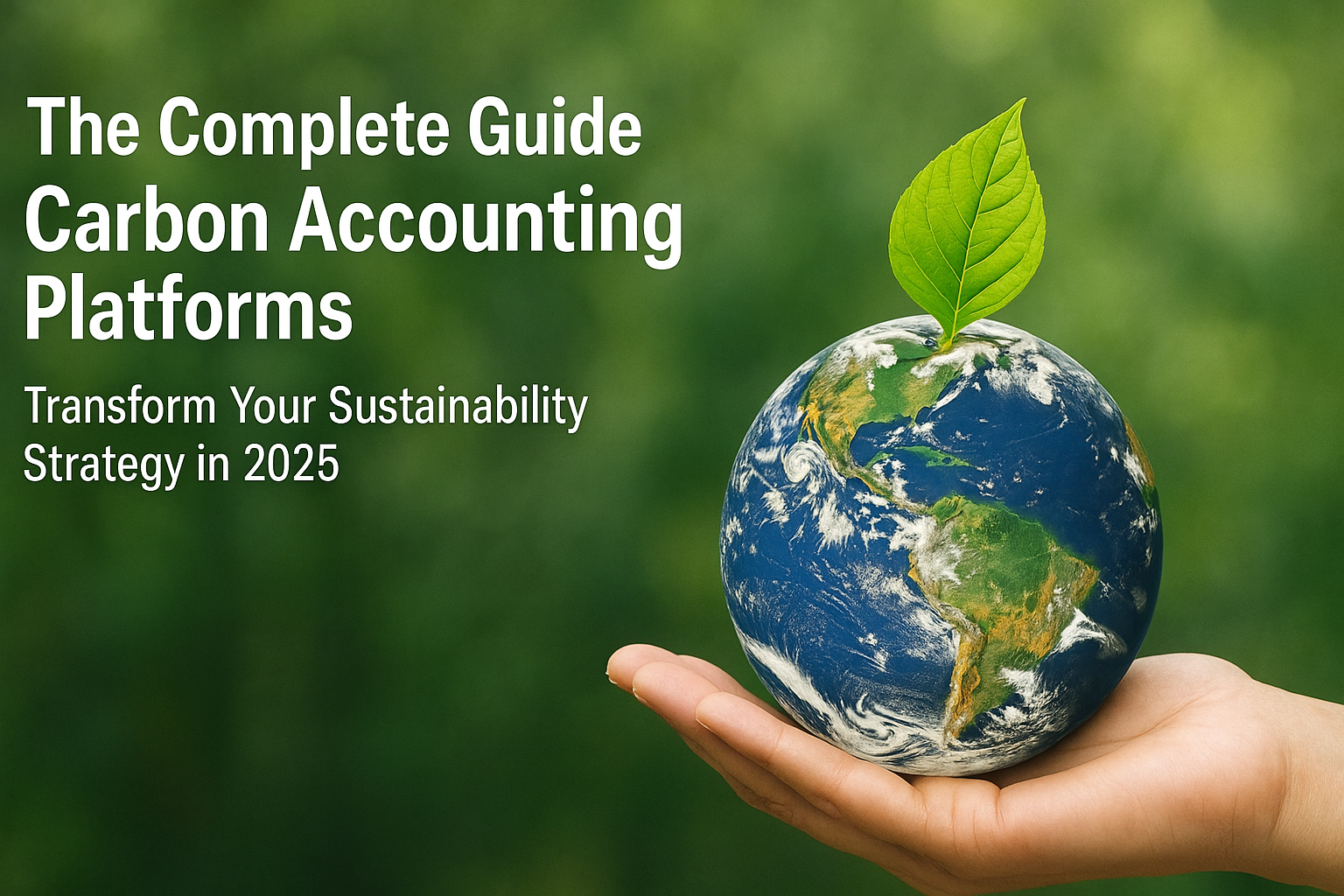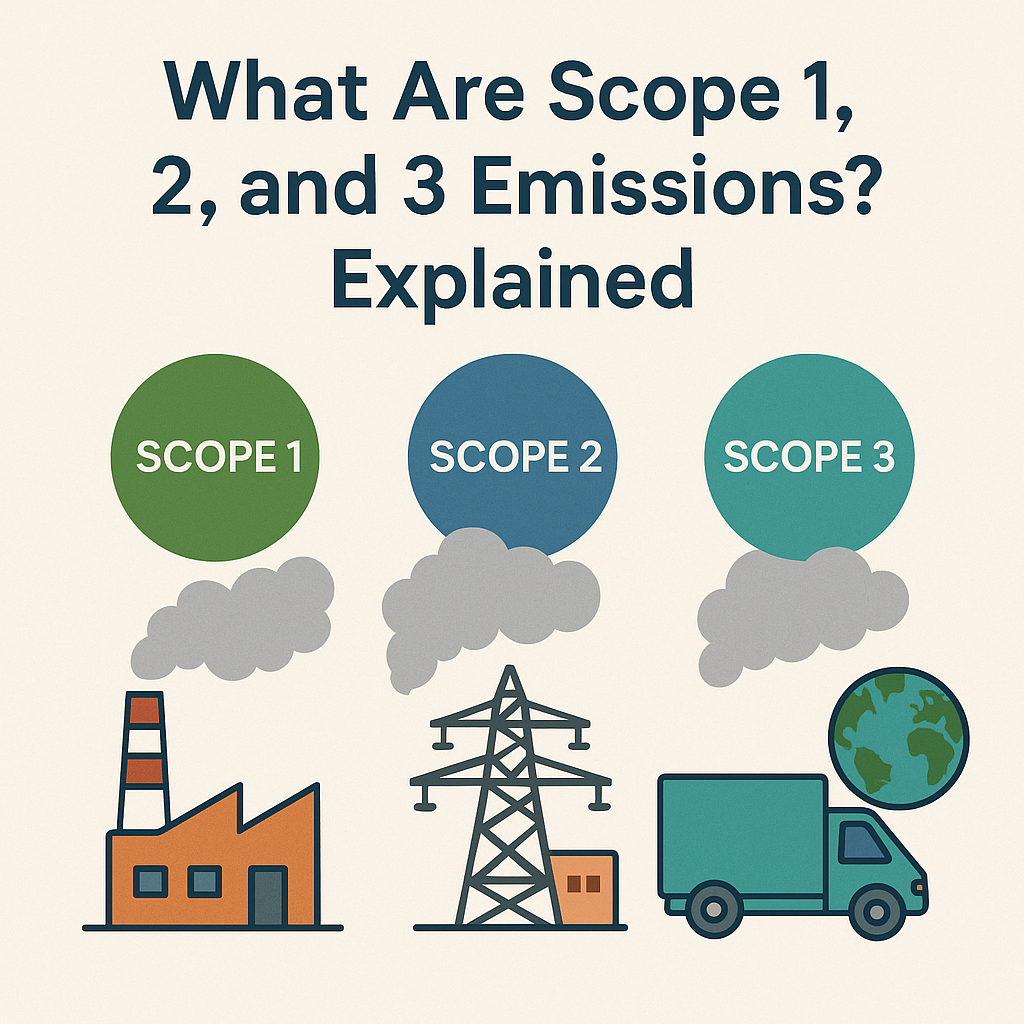Business travel involves the transportation of employees for work-related activities. Most of these vehicles are not owned or controlled by the company that reports the emissions. These emissions are classified as scope 3, category 6 (Business travel). However, there are some exceptions to this rule. If the company owns or controls the vehicles, the emissions are either scope 1 (Fuel consumption) or scope 2 (Electricity usage for electric vehicles). If the company leases the vehicles and they don’t fit into scope 1 or 2, the emissions are scope 3, category 8 - Upstream leased assets. Moreover, the emissions from employees travelling to and from their workplace are not considered business travel, but scope 3, category 7 - Employee commuting.
Types of Emissions from Business Travel
Emissions from business travel activities can originate from various modes of transportation, including, air travel, rail travel, bus travel, automobile travel (this encompasses business travel in rental cars or employee-owned vehicles, excluding daily commutes), as well as, any unconventional modes of transportation associated with business activities.
In some cases, companies may choose to include emissions from business travellers staying in hotels as part of their scope 3 emissions. It's important to note that a company's scope 3 emissions from business travel also encompass scope 1 and scope 2 emissions generated by transportation providers, such as airlines.
Calculating Emissions from Business Travel
Selecting the right method for calculating emissions from business travel is crucial. Here's how to make the decision:
Choosing the right way to calculate business travel emissions is vital. Follow these steps:
First, ask: Is business travel a major source of scope 3 emissions or necessary for business goals? If yes, ask: "Do we have fuel consumption data?" If yes, use the fuel-based method. If not or if business travel isn't critical, ask: "Do we have distance data?" If yes, go with the distance-based method. If you lack both fuel and distance data, ask: "Do we have 'spend data' for business travel?" If yes, choose the spend-based method.
Fuel-Based Method
The fuel-based method is similar to the one used in Upstream transport and distribution. It involves determining the amount of fuel consumed during business travel (scope 1 and scope 2 emissions of transport providers) and applying the appropriate emission factor for that fuel. Companies can also collect data on the number of hotel nights incurred during business travel by hotel type, integrating this information with the fuel-based method.
Distance-Based Method
In cases where fuel data is unavailable, the distance-based method becomes the go-to choice. It involves multiplying activity data (i.e., vehicle-kilometres or person-kilometres travelled by vehicle type) by emission factors (typically default national emission factors by vehicle type). This includes all modes of transportation, such as aircraft, rail, subway, bus, and automobiles.
Companies need to collect data on:
- Total distance travelled by each mode of transport for employees in a given year.
- Countries of travel (as emission factors vary by country).
- Specific types of vehicles used for travel.
- The specific passenger vehicle type and relevant emission factor.
The emission factors should be expressed in units of greenhouse gases emitted per kilometre or per passenger-kilometre travelled. Companies may also collect emission factors for hotel stays by hotel type. Note that for air travel, corrections for radiative forcing may be applied to the Global Warming Potential (GWP) of emissions from aircraft transport.
The Spend-based Method
The Spend-based Method is employed when data on fuel consumption and distance covered in business travel is unavailable. This approach revolves around examining the financial expenditure associated with different modes of business travel. The process entails gathering expense data for each mode, categorising these expenses by transport type, applying specific emission factors to quantify emissions, and aggregating these emissions for an overall estimate. While it proves beneficial in data-scarce scenarios, this method relies on indirect estimation, potentially lacking precision compared to the fuel-based or distance-based methods. It operates under the assumption that emissions are directly proportional to expenses, which might not always hold true, but it remains a valuable approach when other data sources are unavailable.
Data Collection and Calculation Resources
Data can be collected through various means, including automatic tracking, surveys/questionnaires of employees, and working with travel providers to obtain GHG emissions data. If collecting data from all employees is impractical, extrapolation from a representative sample or grouping similar travel profiles can be considered.
Understanding and calculating emissions from business travel are vital steps for any organisation that wants to reduce its environmental impact. To do this effectively, it is important to carefully consider the available data sources and select the most appropriate calculation method for each type of travel. This will enable the organisation to develop and implement realistic and achievable emission reduction strategies.



